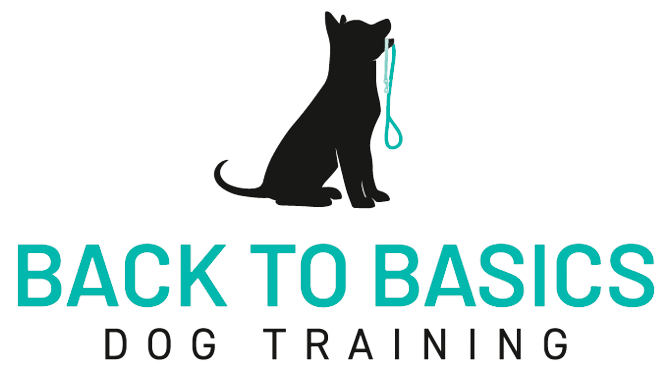Positive Reinforcement vs. Discipline: What Works Best in Dog Training?
Curious about the difference between positive reinforcement and discipline in dog training?
Learn why a balanced training approach used by Back to Basics Dog Training in Chicago, IL produces the best long-term results for both dogs and owners.
When it comes to dog training, there’s one question that sparks endless debate:
Should you use positive reinforcement or discipline?
At Back to Basics, we believe the best results come from a balanced approach — one that blends clear communication, positive rewards, and fair, calm corrections when needed. Let’s break down what that means and why it works.
🦴 What Is Positive Reinforcement?
Positive reinforcement means rewarding your dog for doing the right thing.
That reward might be:
- Treats
- Praise (“Good boy!” or “Good Girl!”)
- Playtime
- Access to something fun (like going outside or greeting a friend)
When a dog associates good behavior with good outcomes, they’re motivated to repeat it.
Example:
Your dog sits when asked → you reward with a treat → your dog learns that sitting politely gets them something they love.
It’s science-backed, humane, and powerful — but it’s not the whole picture.
🚫 What About Discipline?
The word discipline often gets a bad reputation, but it doesn’t mean punishment or fear.
True discipline in dog training simply means setting boundaries and teaching consequences calmly and consistently.
Example:
If your dog jumps on guests, you calmly remove attention (turn away, no eye contact). If they pull on the leash, you stop walking until they relax.
There’s no yelling, no pain, and no intimidation — just structure, timing, and leadership.
⚖️ Why a Balanced Training Approach Works Best
A balanced training approach combines the motivational power of positive reinforcement with the structure of fair correction.
Here’s why that balance creates lasting success:
- Clarity: Dogs learn faster when they understand both what to do and what not to do. A balanced approach eliminates confusion and creates confidence.
- Real-World Reliability: In the real world, treats aren’t always handy. Balanced training ensures your dog listens even in distracting situations — not just when there’s a snack.
- Confidence, Not Fear: Dogs thrive under calm leadership. Properly applied corrections aren’t harsh — they’re simply feedback. When paired with praise and rewards, your dog learns to trust your guidance.
- Stronger Bond: Clear boundaries build respect. Respect builds trust. And trust builds a deeper relationship between you and your dog.
🧠 Our Method at Back to Basics Dog Training
At Back to Basics, our trainers use reward-based learning as the foundation — but we also teach owners how to communicate limits effectively and humanely.
Our training philosophy:
✅ Reward desired behaviors
🚫 Correct unwanted behaviors fairly and calmly
❤️ Always maintain trust and respect
We focus on real-life results, helping your dog listen at home, in public, and around distractions — not just in the training room.
🐕 The Bottom Line
Purely positive training works beautifully — until it doesn’t.
Dogs, like people, need both encouragement and structure to feel secure.
A balanced approach doesn’t mean being harsh — it means being honest, fair, and clear.
That’s what helps dogs thrive.
👉 Ready to experience results-based training in Chicago?
Book a free consultation with Back to Basics Dog Training, your trusted dog trainer in Chicago, and see how balance creates calm, confident dogs — and happier owners.




